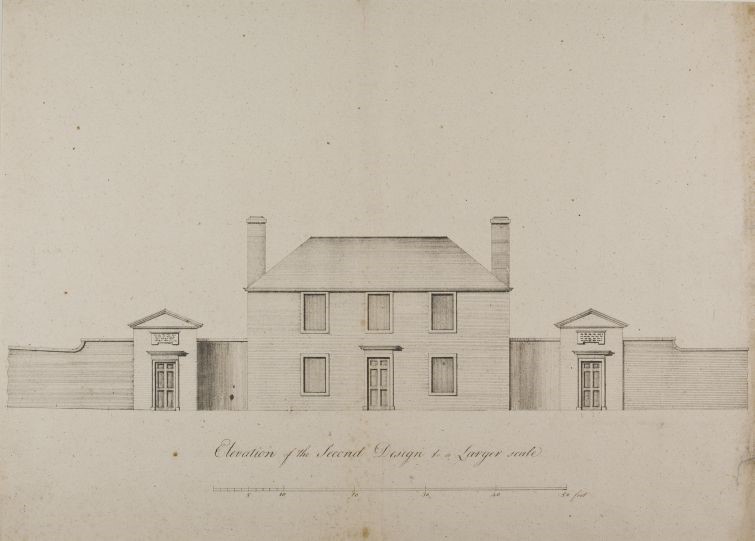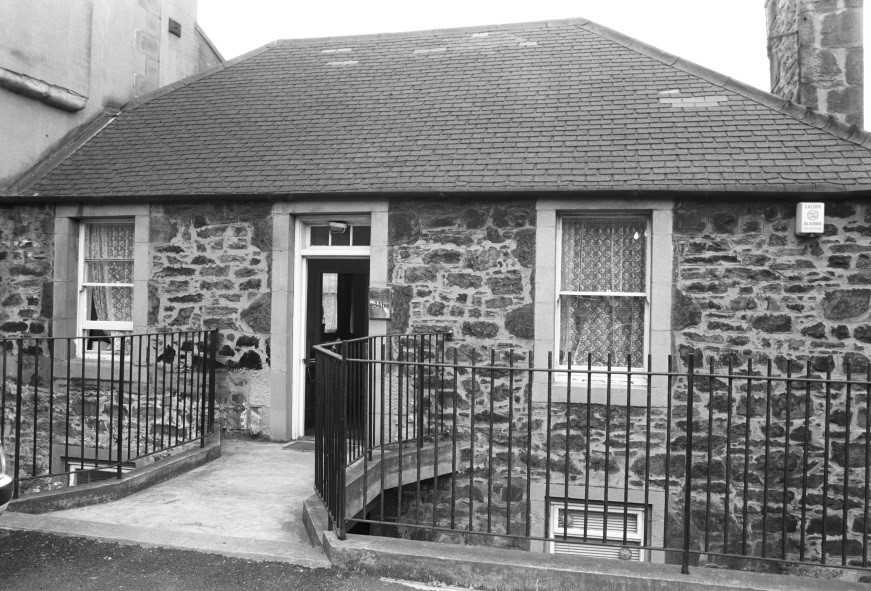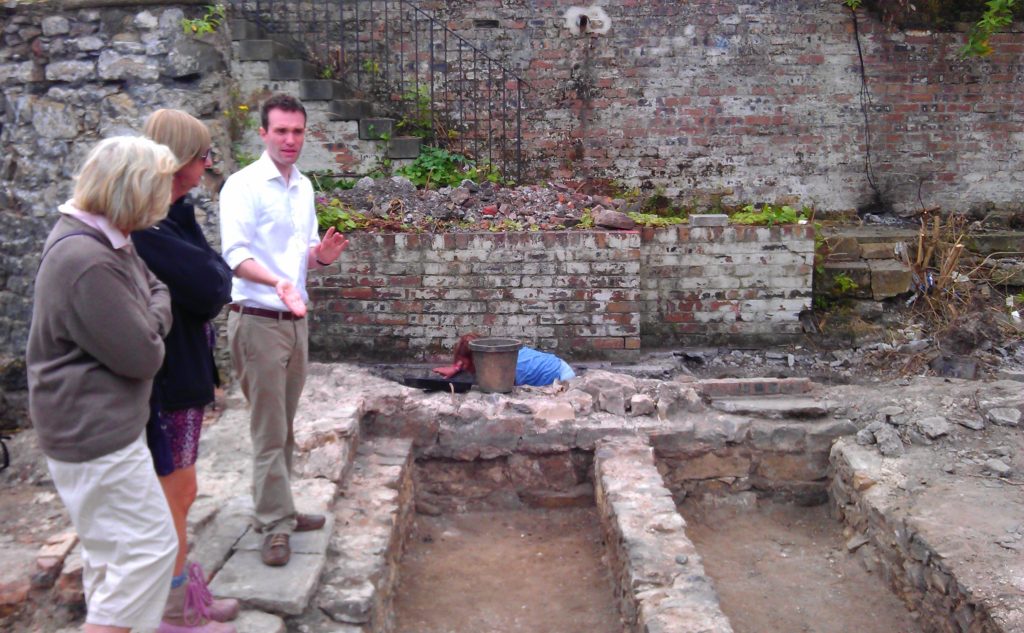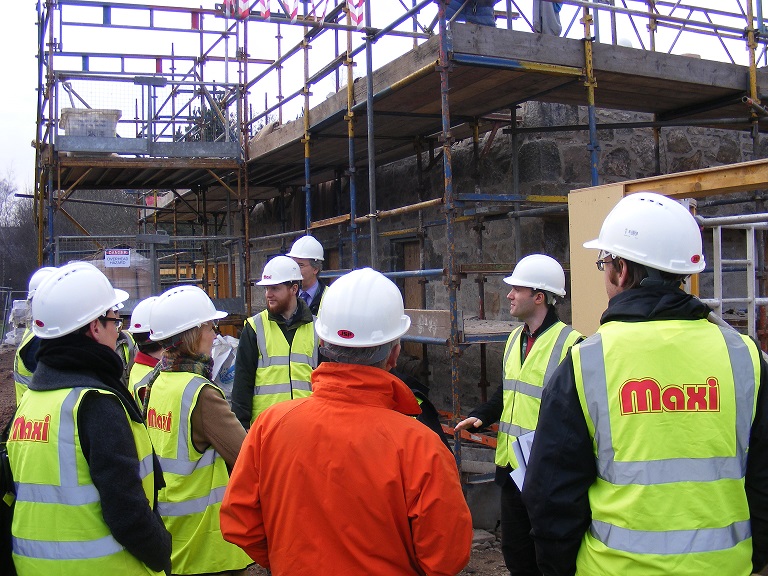A Prize Winning Undergraduate
Architectural Archaeology Dissertation
by Kennedy Dold May 2020
It was spring when I first discovered the Botanic Cottage. I remember thinking how the beech hedge framed it like an illustration directly off the pages of Andrew Lang’s fairy tales. At the time, I was studying History and Archaeology at the University of Edinburgh with a focus on architectural archaeology. I had no idea how important the stories held in the stones of this unassuming cottage would become to me.
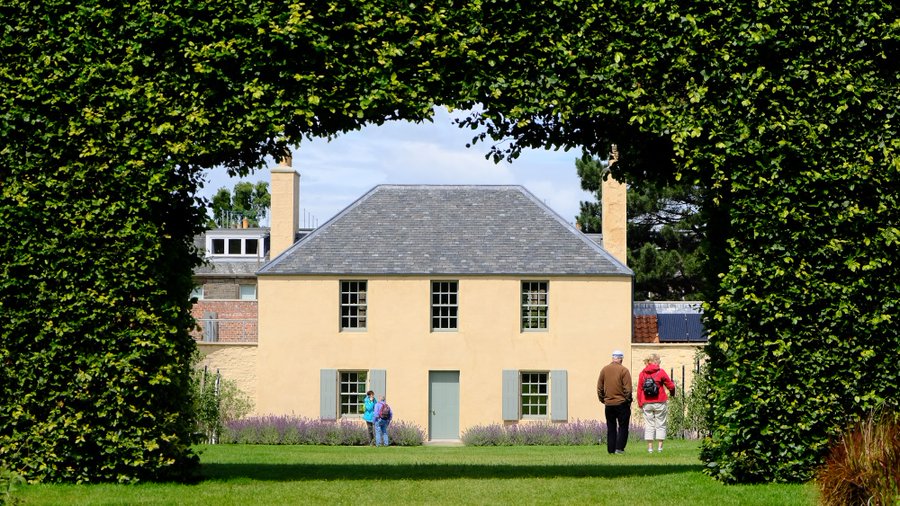
The following Autumn, I noticed a call for volunteers. From the first time I stepped inside, I could tell the roots of its rich history allowed it to grow and adapt into the twenty-first century. Being an artist, I was drawn to the story of Agnes Williamson. Agnes was the daughter of George Williamson, the head gardener under Professor John Hope (John Hope was Regius Keeper of the RBGE from 1761 to 1786, during which period he moved the Garden from Trinity Hospital to a new, larger site on Leith Walk). Hope employed Agnes as an illustrator to create teaching diagrams. Agnes called the Botanic Cottage her home. Like me, she had found beauty and tranquility within its walls.
Working with staff & volunteers, all part of the Cottage team, I delved into the history and archaeology of the Cottage. By assisting with educational programs such as Grandpa’s Garden, I played a part in continuing the mission of the Cottage as a place of community and education laid out by John Hope in 1765. Using two years of volunteer work, I wanted to contribute to Hope’s mission by focusing on the Cottage as a case study to explore cultural heritage, social memory, and architectural archaeology. My research culminated in my undergraduate dissertation: ‘The Oldest and Youngest Building:’ The Botanic Cottage at Royal Botanic Garden Edinburgh in context.
Right: The Botanic Cottage on Lieth Walk in the early 1990’s, after the new walkway had been built and a front door installed where a window had been
Using interviews with the people responsible for the Cottage’s survival and rebirth as well as the RBGE’s extensive library and achieve. I explored how the Cottage fell out of social memory, how it was reintroduced and what it means for the future of the site. I still remember how amazing it was to see the original plans for the Cottage and John Hope’s maps of his early Botanic Garden on Leith Walk!
Right: Hosted visit to the Botanic Cottage reconstruction site RBGE 2015
The study demonstrates the importance of cultural heritage and access to archaeological sites. It shows how local communities can save a forgotten structure from demolition and transform it into a building of national significance. More broadly, the Cottage proved to be a type-site for engagement and education within an archaeological site. Simultaneously the ‘oldest and youngest’ building at the RBGE, the Cottage adapted but still maintained Hope’s original purpose to educate new generations.
For my research, I was co-awarded the University of Edinburgh’s Archaeological Dissertation Prize. I gifted my dissertation to the Cottage as thank you for allowing me to be yet another small part in Cottage’s long collective memory.
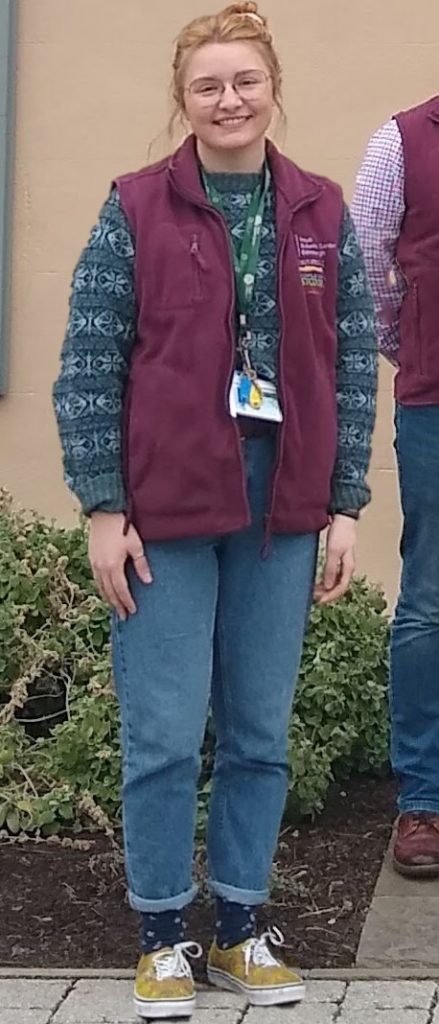
The Botanic Cottage has shown me a greater appreciation for collective memory. It is truly remarkable how John Hope’s original intention to provide for and educate a community has prevailed for over 250 years. During the time I was working or researching in the Cottage, I was just like Agnes or one of Hope’s students. Education at its core is the desire to understand. Over the centuries the Cottage’s branches have continued to grow upward toward the future, forever blooming with new ideas.
To see more stories about the Botanic Cottage current public engagement work go to Twitter @BotanicCottage

